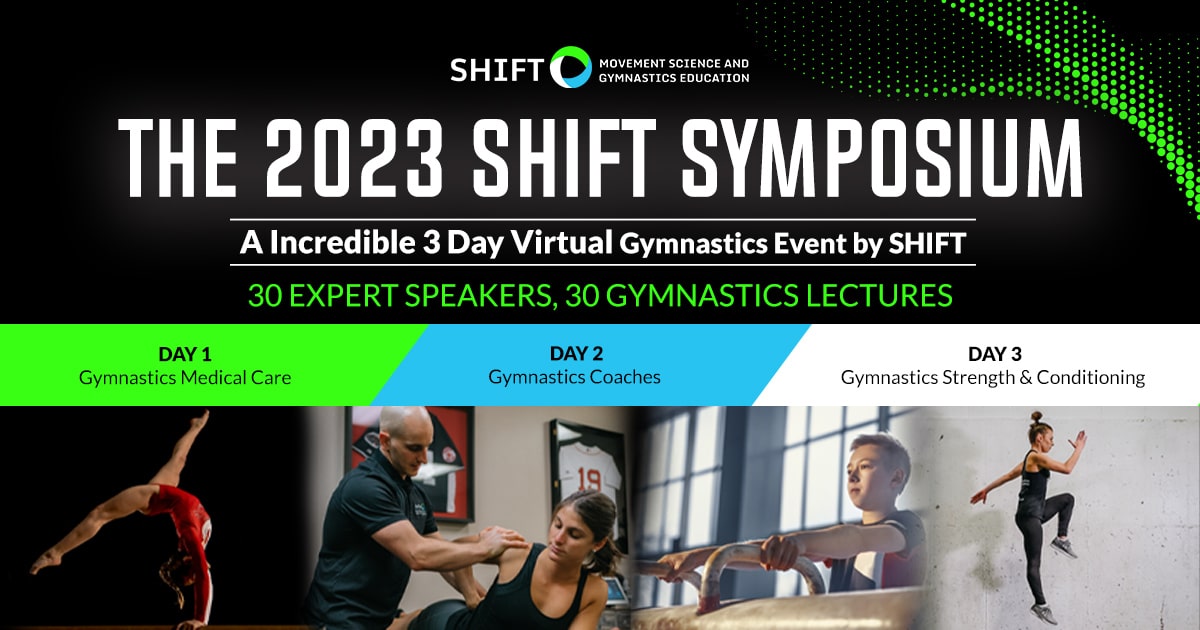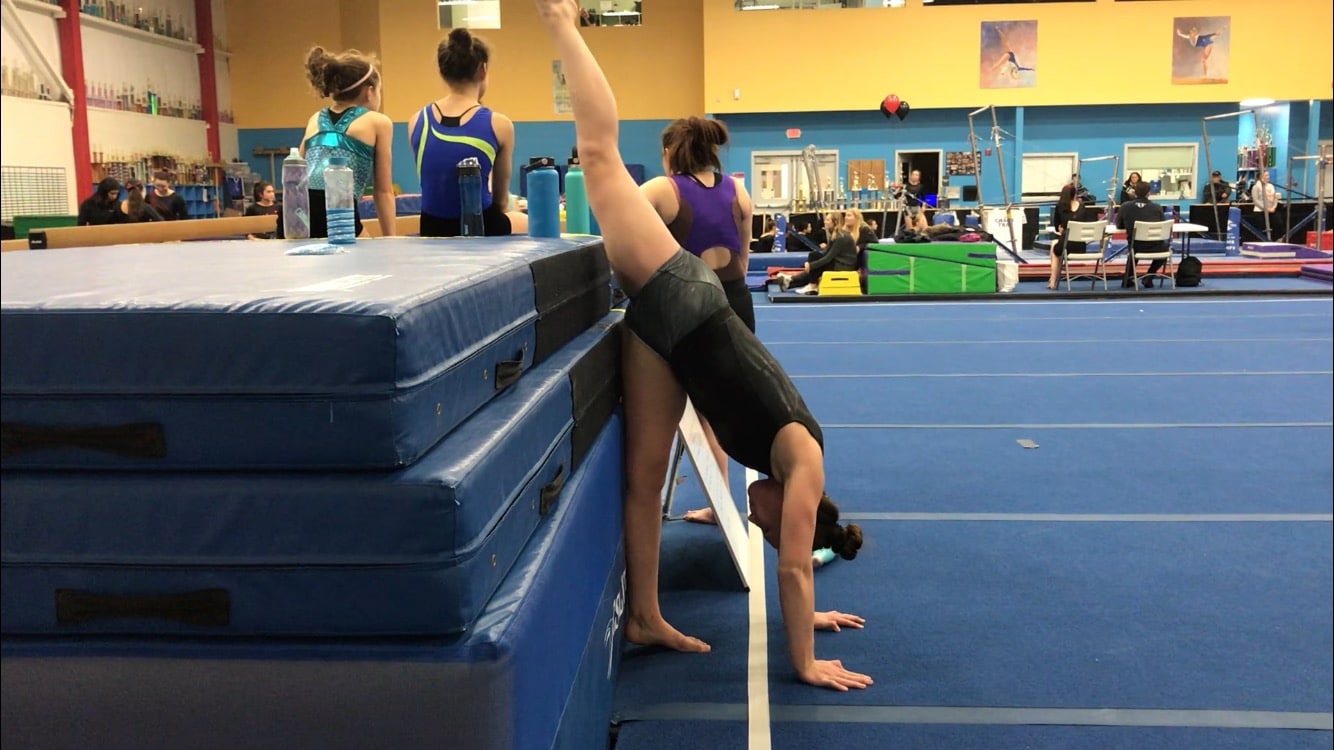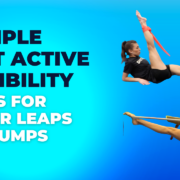The 5 Common Split Flexibility and Leap Problems and Exactly How to Fix Them
Split flexibility and bigger leap angles are one of the most common problems gymnasts, dancers, cheerleaders, and other performing arts athletes face. The problem is that limited split flexibility can have many different underlying causes. I’ve worked with 100s of these athletes over the years and helped them see improvements. Based on all the research I’ve read, and my experience working in these fields, I wanted to share 5 of the most common issues I see, as well as some exercises to fix them!
Before we dive in, if you work at all in these sports and want tons of information on flexibility, strength, and injuries, be sure to sign up for the 2023 SHIFT Symposium where we have 30 lectures over 3 days! This is a jam-packed event you don’t want to miss out on.
That said, lets dive in.
Table of Contents
Hip Flexor and Quad Stiffness
This is typically the most well-known, and most common, issue that people find. With repetitive training, or periods of rapid growth, the hip flexor and one of the quad muscles can get extremely stiff. This can limit the ability of the back leg to get full range of motion during forward splits and split leaps.
To help out, here is the circuit I love for this. I would do this every day for 2 weeks and then assess if changes are made.
– 30 seconds of foam rolling to the front of the thigh and inside thigh
Hamstring Stiffness
A similar situation can happen to the front leg, and the muscles of the back of the leg, the hamstrings. Often times when long bones grow faster than muscles can keep up with, stiffness can develop and limit split angles.
Here is a hamstring-specific circuit. Again, I would do this every day for 2 weeks and then assess if changes are made.
– 30 seconds of foam rolling to the back of the thigh and inside thigh
Sciatic Nerve Sensitivity
The sciatic nerve is the longest nerve in the body and runs from the lower back down to the feet. In athletes doing really large ranges of motion like gymnasts, sometimes the nerve itself can get irritated splits, jumps, and leaps.
Sometimes backing off from intense stretching and doing nere glides to the sciatic nerve can help. These should definitely be done under the guidance of a medical provider to monitor for pain.
Lack of Active Flexibility Drills & Technique
One of the most common issues I see is that people are doing only passive flexibility-type drills, through stretching and foam rolling, but don’t immediately build in active flexibility or technique drills. This makes it so they temporarily increase their range of motion, but it never ‘sticks’ and shows up in skills. For splits and jumps specifically, I love
– Band-assisted kneeling kicks (to use full range of motion)
Eccentric Loading Drills
Eccentric loading drills involve lengthening the muscles while they are under tension. These drills can help to improve strength and flexibility, and can lead to increased range of motion over time. There is great research that doing these loaded motions actually help improve tissue length over time, as well as desensitize nerves within muscles, to help improve range.
I’m a massive fan of adding in specific drills for splits in addition to the two mentioned above. These include
– Slider-assisted eccentrics to the front
Putting It All Together
To get the most out of improvements in split flexibility, it’s best to combine all of the methods above as they have some solid science to support them. As I mentioned, I think that circuits are a fantastic way. Choosing 4-5 exercises you like in a circuit can be really effective. In addition to this, make sure that warm-ups are built in both passive and active stretching methods. If someone really struggles with flexibility, look into getting an in-depth screen from a medical provider to see what might be the big limiting factors.
Before we sign up, again remember that if you want to learn about gymnastics flexibility, strength, injuries, culture, and more be sure to sign up for the 2023 SHIFT Symposium where we have 30 hours of content from 30 amazing speakers! You’ll get lifetime access to all the recordings and Q&A sessions.
Hope this was helpful!
– Dave Tilley, DPT, SCS
CEO/Founder of SHIFT Movement Science









